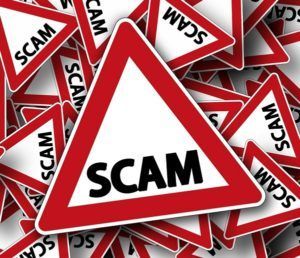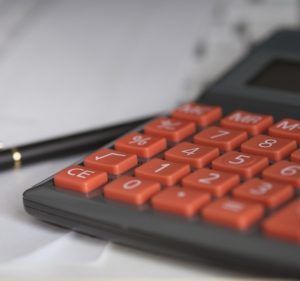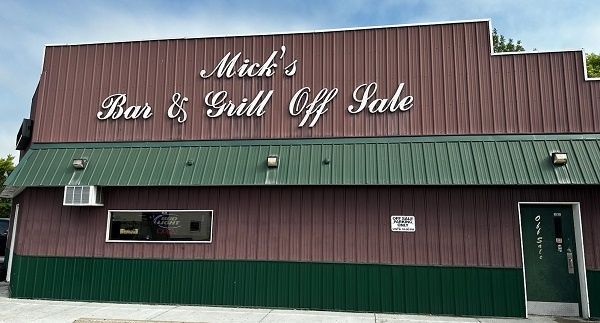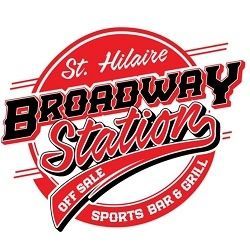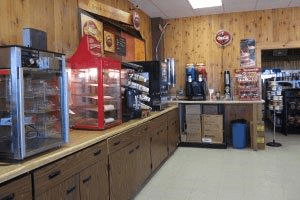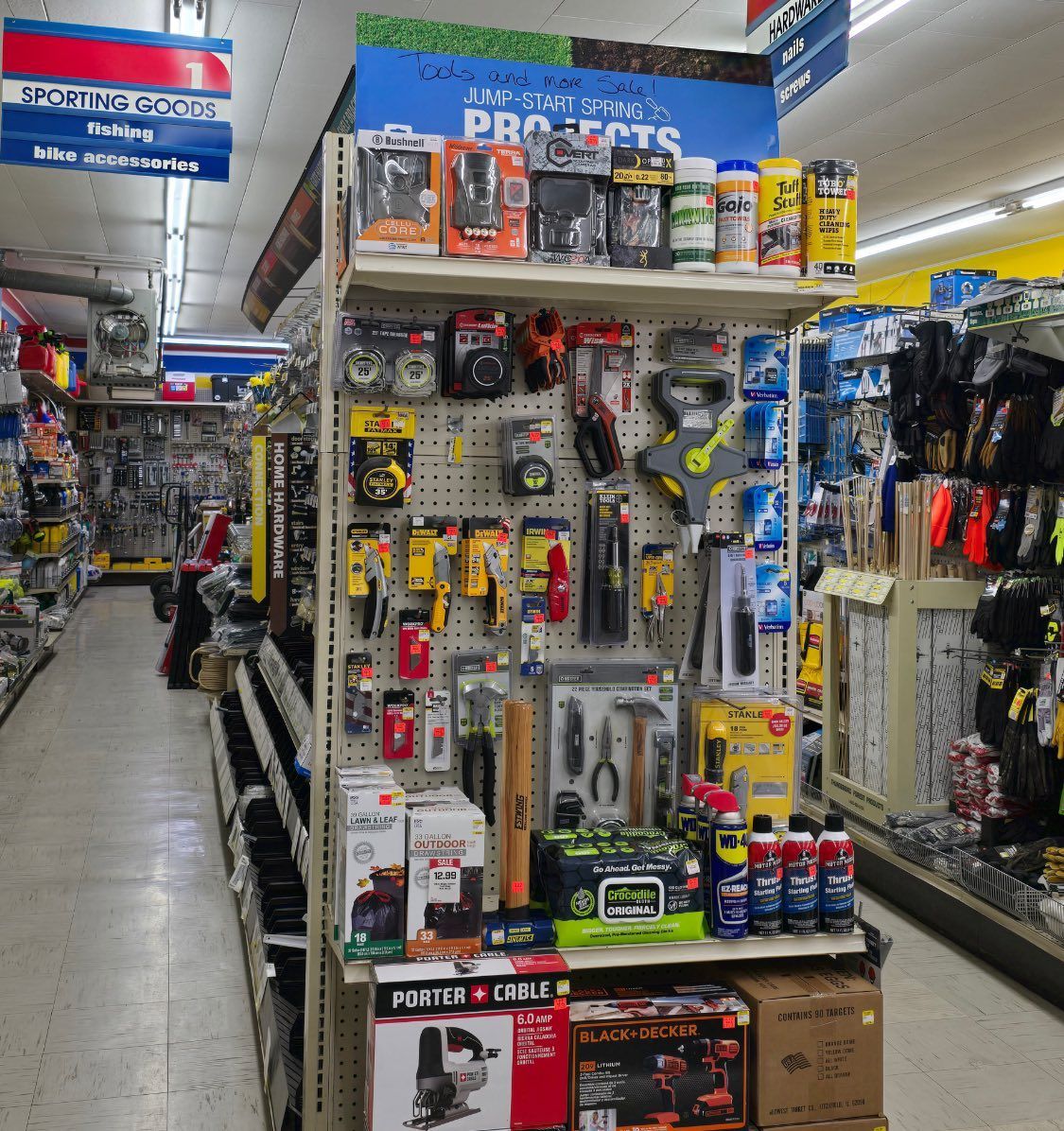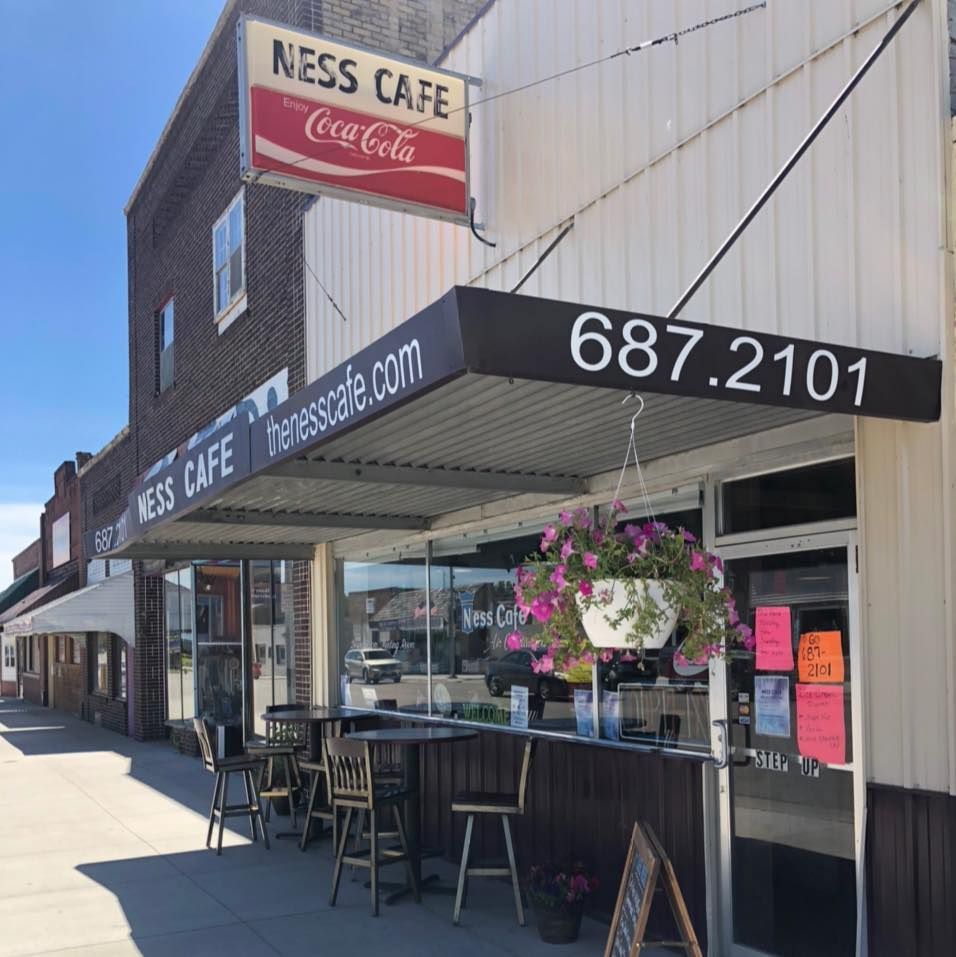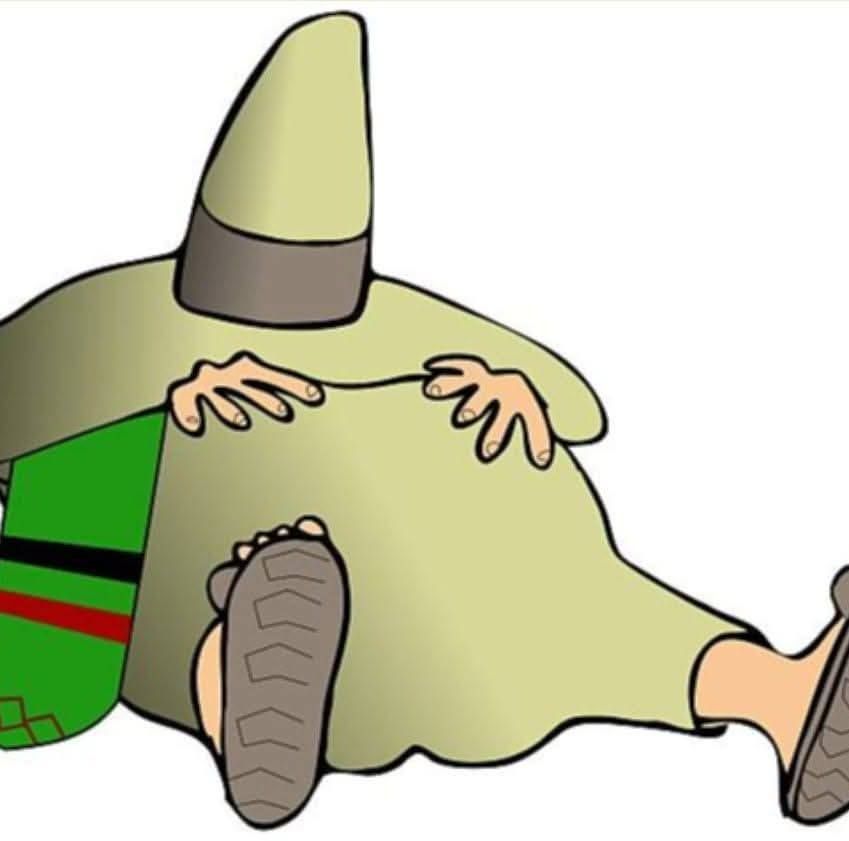When Is The Lowest Rate Not The Lowest Rate?
When it’s not your Effective Rate!
If you’ve been in business for any time at all, you probably know there is a lot of deception in credit card processing. I bet you get multiple calls a week, if not daily, suggesting you switch your credit card processing to some new provider, and that they can save you money.
Who doesn’t want to save money? Every business owner wants to maximize the cash coming in and minimize the cash going out. If there is money to be saved, why not give it a try? You also know there are many ways to deceive. One deceptive way is the lowest rate pitch.
The Lowest Rate Pitch
The lowest rate pitch works because most people believe that card processing fees are all about the rate. One of the most common questions I get asked when I first meet a merchant is, “So, what is your rate?” The reality is not nearly so simple.
There are over 300 card types out there, each with their own rate. Then, the processor needs to make money on top of the rate. So, there can be fees for PCI compliance, paper statements, batching, chargebacks, and random annual fees. As a result, someone pitching the lowest rate is actually taking advantage of the misperception that you think it's the rate you will pay.
Example of Lowest Rate Pitch
I’ve had prospective customers tell me that they have a really great deal with their current processor – they are only paying 1%. I know immediately that what they really have is a crooked salesperson.
Why? I know the wholesale cost of card processing is more than 1%, so there is absolutely NO WAY they are paying just 1%. The company would be losing money hand over fist giving that kind of deal. The reality is this prospect is probably being charged 1% IN ADDITION TO wholesale, which is actually pretty expensive. They are also likely getting overcharged on all the other fees as well because the company sold them on 1% being a great deal.
Fortunately, there IS an easy way to know if you do have the lowest rate.
How to Calculate Your Effective Rate
First, look at one of your monthly statements. If you don’t get one in the mail, contact your current provider and ask. Most likely, there is an online portal where you can go to see your whole history of statements. The more trouble you have getting your hands on a statement, the more worried you should be.
Next, find the Total Fees on the statement. This should match a withdrawal on your bank account in the first week of the month following the statement month. Also find Total Processed on the statement. This is the total dollar amount of cards you processed in that monthly time period.
Take Total Fees divided by Total Processed and multiply by 100. This gives you a percentage, which is called your Effective Rate. Effective Rate is what you are really paying.
Want to have more fun? Do this for an entire year of statements to find out your Annual Effective Rate, which will include any annual fees you might have missed in your single month calculation.
Evaluating Your Effective Rate
Your Effective Rate should be around 3%. If you are a convenience store with lots of small transactions, it might be as high as 4%. If you are a car dealer with fewer but large transactions, your Effective Rate might be as low as 2.5%.
If your Effective Rate ranges from 2.5% to 4% doing the calculations explained above, you are probably not too bad off. Unless you are looking for additional functionality from your system, such as gift cards, a loyalty program, handheld wireless, online sales, or just better service, you can probably ignore those phone calls.
If you are concerned that your effective rate is not what you thought it should be, give Robin Hood Business Services a call. We will take you through your statement, and help you understand how you can reduce this critical cost of doing business.
